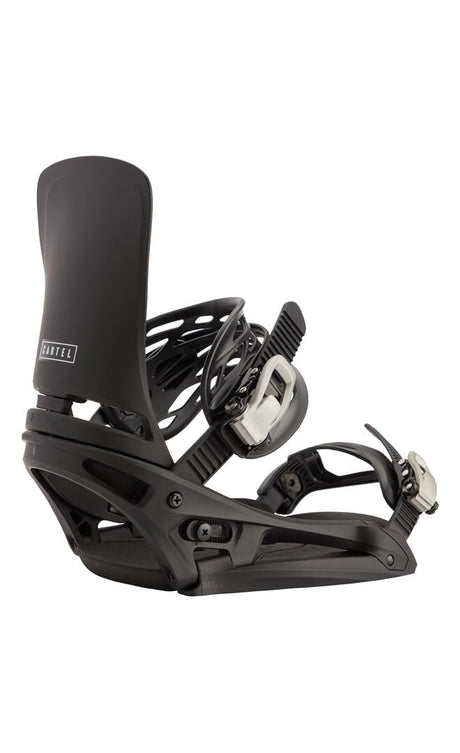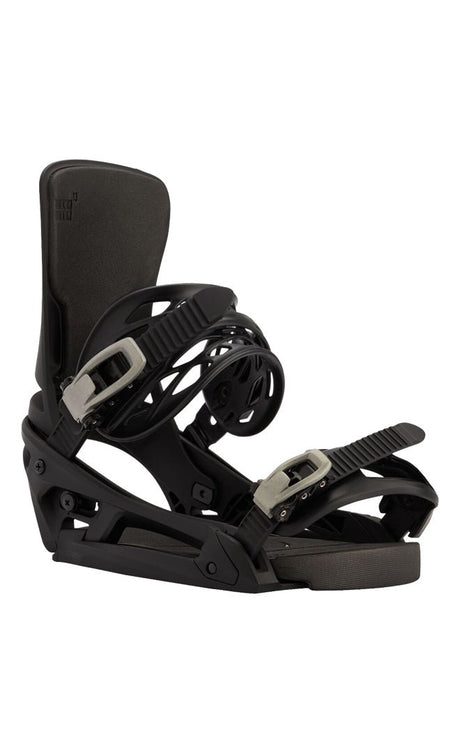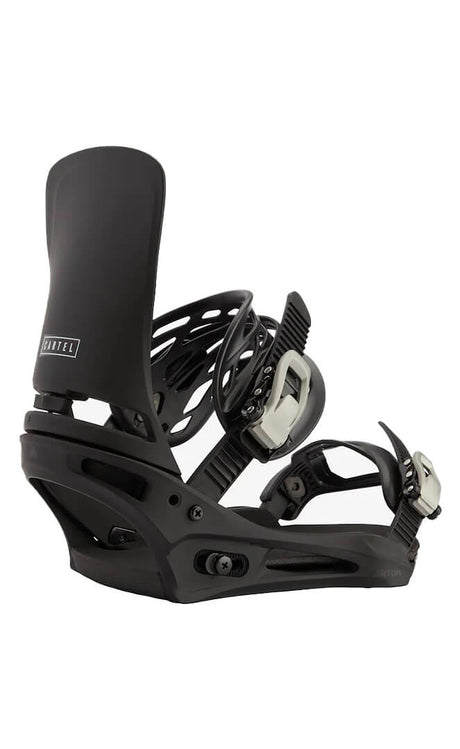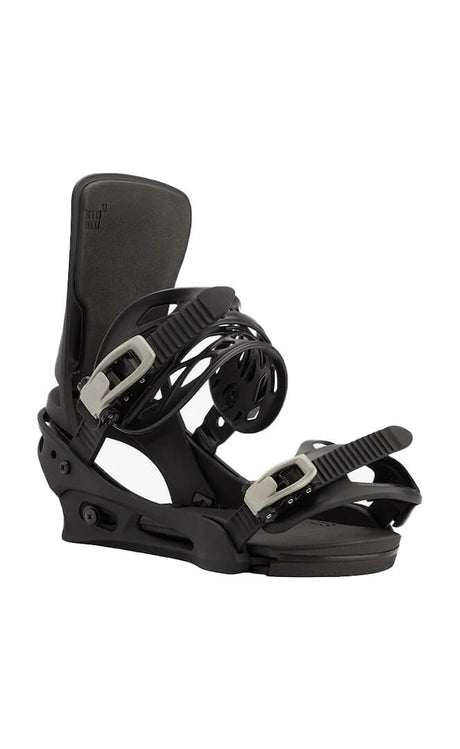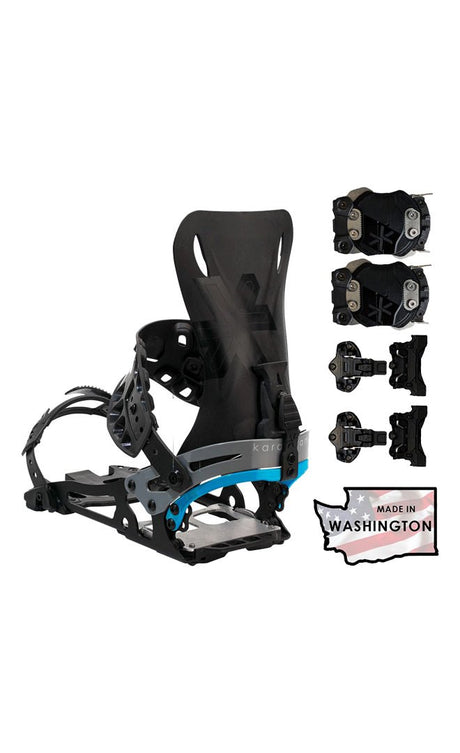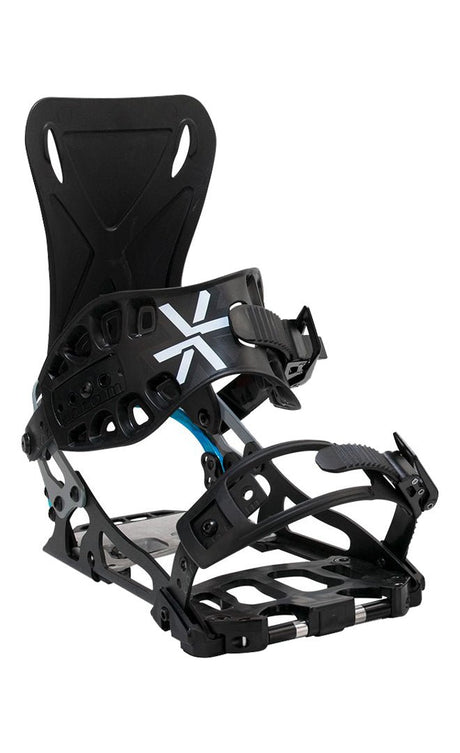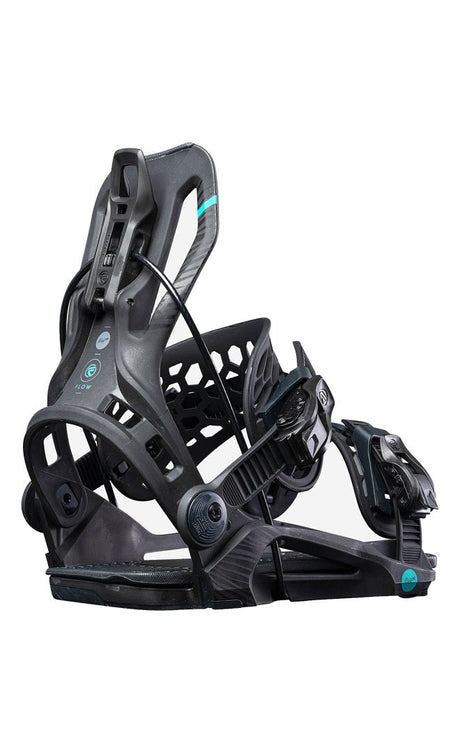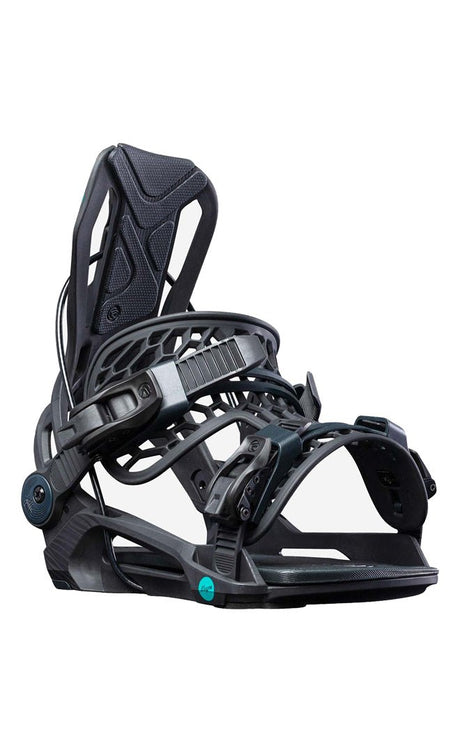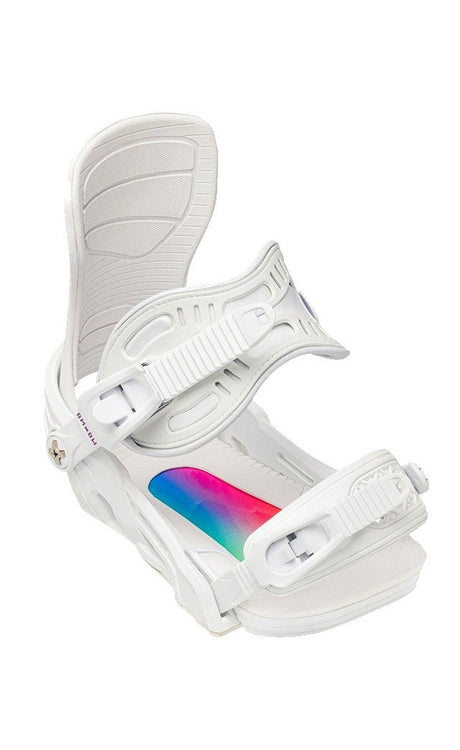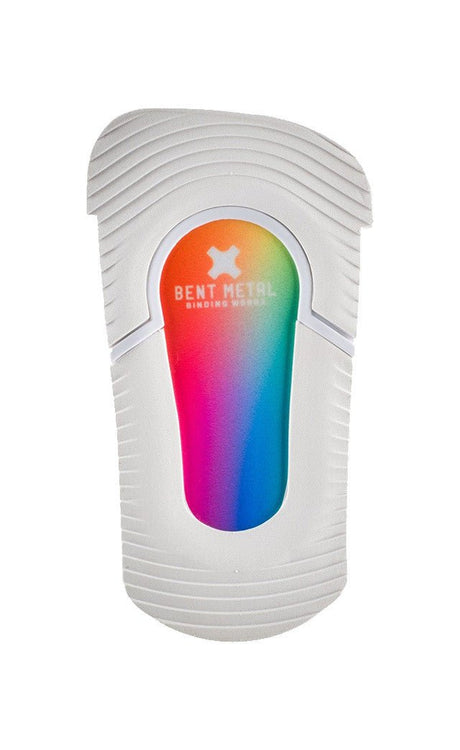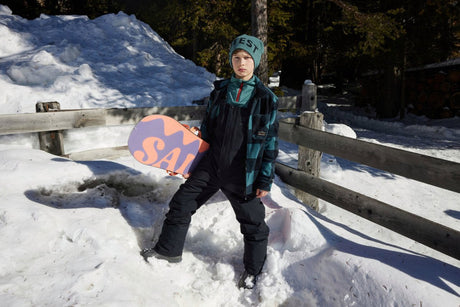The different types of snowboard bindings
There are three main types of snowboard bindings:
- Plate bindings: also called "hard," they are designed to be used with rigid boots specific to alpine snowboarding. They offer optimal precision and control for carving and speed but are less suitable for freestyle.
- Shell bindings: also called "soft," these bindings are the most common on the market and are compatible with traditional soft snowboard boots. They allow good freedom of movement and are suitable for all snowboarding styles, from freestyle to powder and piste.
- Hybrid bindings: they combine the advantages of plate and shell bindings, offering better responsiveness and control without sacrificing flexibility. This type of binding is still uncommon and generally costs more than shell bindings.
The selection criteria for your snowboard bindings
To best choose your snowboard bindings, take the following elements into consideration:
The practitioner level
Adapt your choice according to your level of practice, whether you are a beginner, intermediate, or expert:
- Bindings for beginners: they are generally more flexible, easy to use, and less expensive. They help facilitate learning and quickly become comfortable to enjoy the slopes and progress.
- Bindings for intermediate riders: they offer a good balance between responsiveness and comfort, and are a good choice if you want to vary the terrain, go to the park, or explore the mountain off-piste.
- Expert bindings: they are designed to offer excellent performance and meet the demands of advanced riders seeking precision and responsiveness for aggressive descents on all types of terrain.
The size and shoe size of your boots
It is essential to choose bindings that are suitable for the size and shoe size of your snowboard boots. Most bindings are available in several sizes, usually S/M/L or XS/S/M/L depending on the brands. Make sure that your boot fits perfectly to the binding to avoid any comfort and safety issues while snowboarding.
The clamping system
There are different attachment and tightening systems for snowboard bindings:
- Straps: this is the most common system, with one or two straps that close using ratchets (toothed buckles). This system offers good foot support and precise, quick adjustment. _new_sentence_coming_here_
- The Clicker system: this system is similar to alpine ski bindings, it allows you to attach the boots directly to the anchors on the board. This offers quick engagement but less flexibility and adaptability.
How to properly adjust your bindings?
To ensure your safety and optimize your performance, it is crucial to properly adjust your snowboard bindings. Here are some tips:
- The angle of the bindings: the orientation of your feet on the board should be adapted to your style and skill level. For beginners, it is recommended to start with a "duck stance" with angles close to 15°/-15°. Advanced riders can adjust their angles according to their discipline and personal preferences.
- Boot centering: to ensure a balanced ride and an even weight distribution on the board, make sure to center your boots in the bindings so that the heel and toe extend equally on each side of the board.
- The width of the stance: the distance between your feet should be comfortable and suited to your body shape. Generally, an optimal stance is considered to be between the width of your shoulders and that of your hips. Beginners can adopt a slightly narrower stance to make edge control easier.
By following this advice and taking the time to try different bindings before making your purchase, you will be able to fully enjoy the pleasure of riding safely and with equipment suited to your needs.






